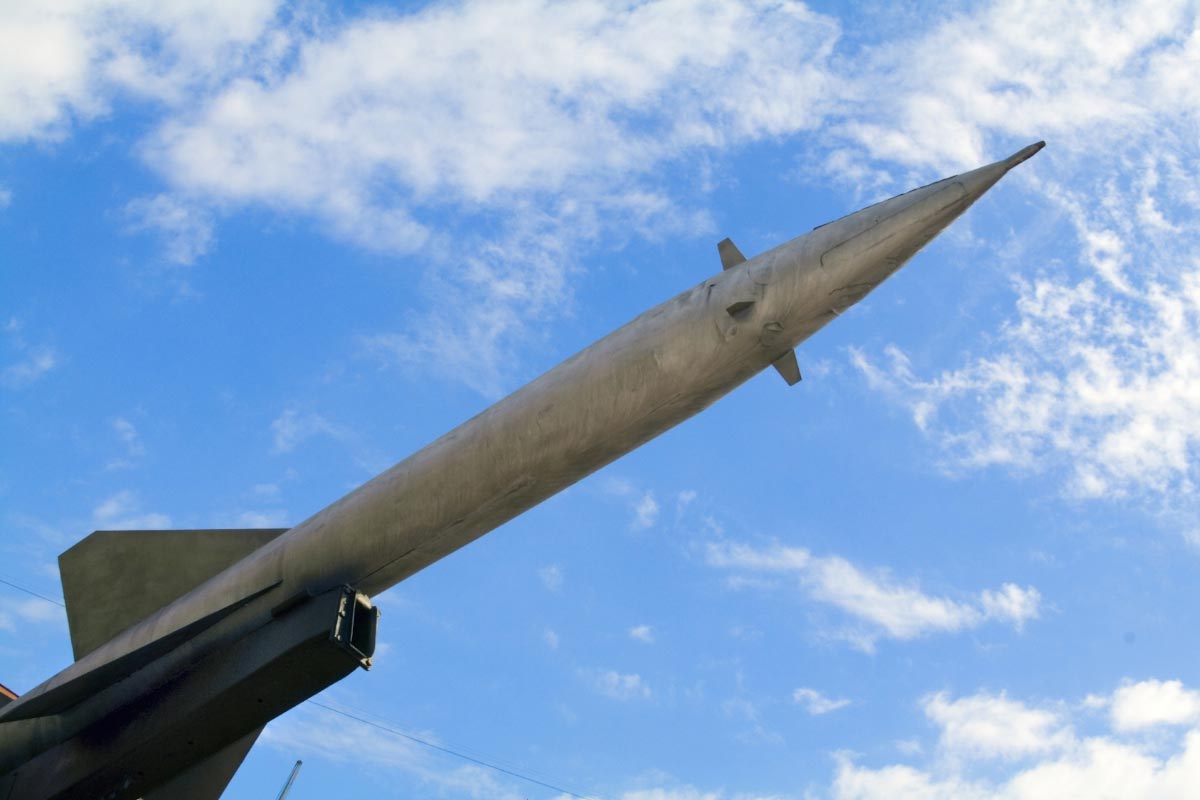A fuel-free engine has scientists bamboozled, as it appears to violate the known laws of physics. The device could transport humans to Mars in as little as ten weeks, making deep space travel, as portrayed in Star Wars, a potential reality.
The EM Drive is powered by the sun; meaning, the engine doesn’t require fuel to produce a reaction. It generates thrust by bouncing microwaves around in an enclosed chamber. Since it doesn’t require fuel, the craft is substantially lighter and easier to move. It can also attain incredibly high speeds, reaching the outskirts of the solar system in merely a few months.[1]
The problem, however, is that the EM Drive is incompatible with Newton’s conservation of momentum, which states that in an isolated system, the momentum of two objects before a collision is equal to the total momentum after a collision. In other words, the total amount of momentum of a collection of objects, a system, is conserved.[2]
Defying the laws of physics
An EM Drive is dubbed a reactionless drive because it lacks a reaction as defined by Newton’s third law: “For every reaction, there is an equal and opposite reaction.” Therefore, a reactionless drive should be impossible, since the craft can perform an action (propulsion) without a corresponding reaction (ignition of fuel and expulsion of mass). And yet, the EM drive still seems to work.[2]
Skeptics argued previous experiments conducted on the EM Drive were faulty because it was not tested in a vacuum, which would reflect the environment of space. Nevertheless, the most recent test addressed this concern and the EM Drive was still shown to have produced thrust.
The announcement was made by Paul March, one of the main engineers heading the EM Drive thruster at the Eagleworks Laboratory at the Johnson Space Center in Texas. He said they were able to remove all the errors from previous tests but still found signals of an unexplained thrust. It was the first announcement to be made about the device in months.[1]
Others have claimed the EM Drive is propelled by what is known as the Lorentz force, which is an outward force exerted by a magnetic field on a moving electric charge in all directions. Regardless, March claims the most recent test counters this objection.
“I will tell you that we first built and installed a second generation, closed face magnetic damper that reduced the stray magnetic fields in the vacuum chamber by at least an order of magnitude and any Lorentz force interactions it could produce,” he said. “And yet the anomalous thrust signals remain.”[1]
March went on to note that the thermal expansion of the thruster was taken into account in the most recent experiment in order to minimize the risk of possible errors.
Making deep space travel a reality
If the EM Drive becomes operational, space travel as seen in Star Wars could become a reality. The EM Drive could carry passengers, including their luggage, to the moon in less than four hours, and to Mars, in ten weeks.
A trip to Alpha Centauri, the closest star to our solar system, would take hundreds of thousands of years to reach with our current technology. With the EM Drive, however, it could be reached in as little as one hundred years.
The results of the experiment have been cross-verified by other researchers, including the British government, Chinese scientists at Northwestern Polytechnical University and NASA.[2]
“NASA has successfully tested their EmDrive in a hard vacuum – the first time any organisation has reported such a successful test,” researchers wrote.[1]
“To this end, NASA Eagleworks has now nullified the prevailing hypothesis that thrust measurements were due to thermal convection,” they added.[1]
Sources:
[1] DailyMail.co.uk
[2] DigitalTrends.com
















